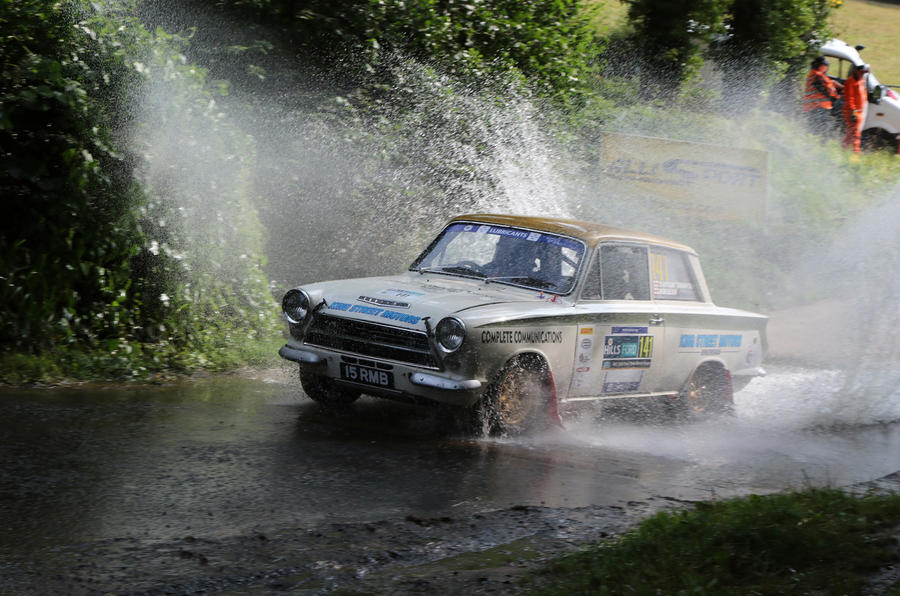If you add up the age of World Rally Championship contender Elfyn Evans, his co-driver Scott Martin and their Toyota Yaris WRC, you get to barely more than 70 years. Do the same exercise for veteran rally driver Bob Bean, his co-driver Colin ‘Captain’ Thompson and their Ford Lotus Cortina and the answer is 211.
Bean is a legend of British rallying and shows no sign of slowing down, even though he has been rallying for 62 of his 83 years. These days, his weapon of choice is his venerable 1963 Ford Lotus Cortina, and he regularly sets the pace in Category 1 historics for pre-1968 cars. His co-driver is a mere 70 years young, and they make a formidable pair, proudly representing the People’s Democratic Republic of Yorkshire. Cleckheaton, to be precise, where they live half a mile apart.

Bean’s enduring passion for the sport makes him a standout character in British rallying, and he does it all with a typical Yorkshire sense of humour.
He and Thompson have just contested the five-day, 320-stage-mile Roger Albert Clark Rally, an event that takes it out of even drivers half Bean’s age. But the wiry Bean takes it all in his stride, calling on the experience of contesting the RAC Rally and now the Roger Albert Clark Rally more than 40 times in his remarkable career.
A typical Bean story comes from a Roger Albert Clark Rally of a few years ago. He arrived at a service halt in fits of laughter to confess to something that could only happen to a Yorkshireman. Early in the previous special stage, he had complained that there must be a problem with the intercom, as he could barely hear the route notes being called by Thompson. When he took his crash helmet off at the end of the stage, he found that he was also still wearing his trademark flat cap, which had been pressed down over his ears by the helmet and caused the lack of information from the co-driver’s seat.














Add your comment